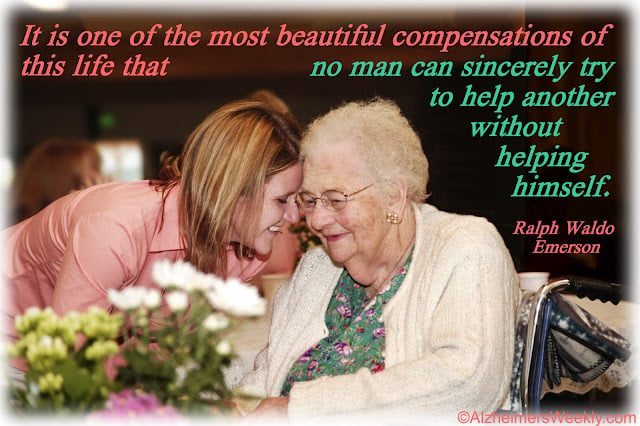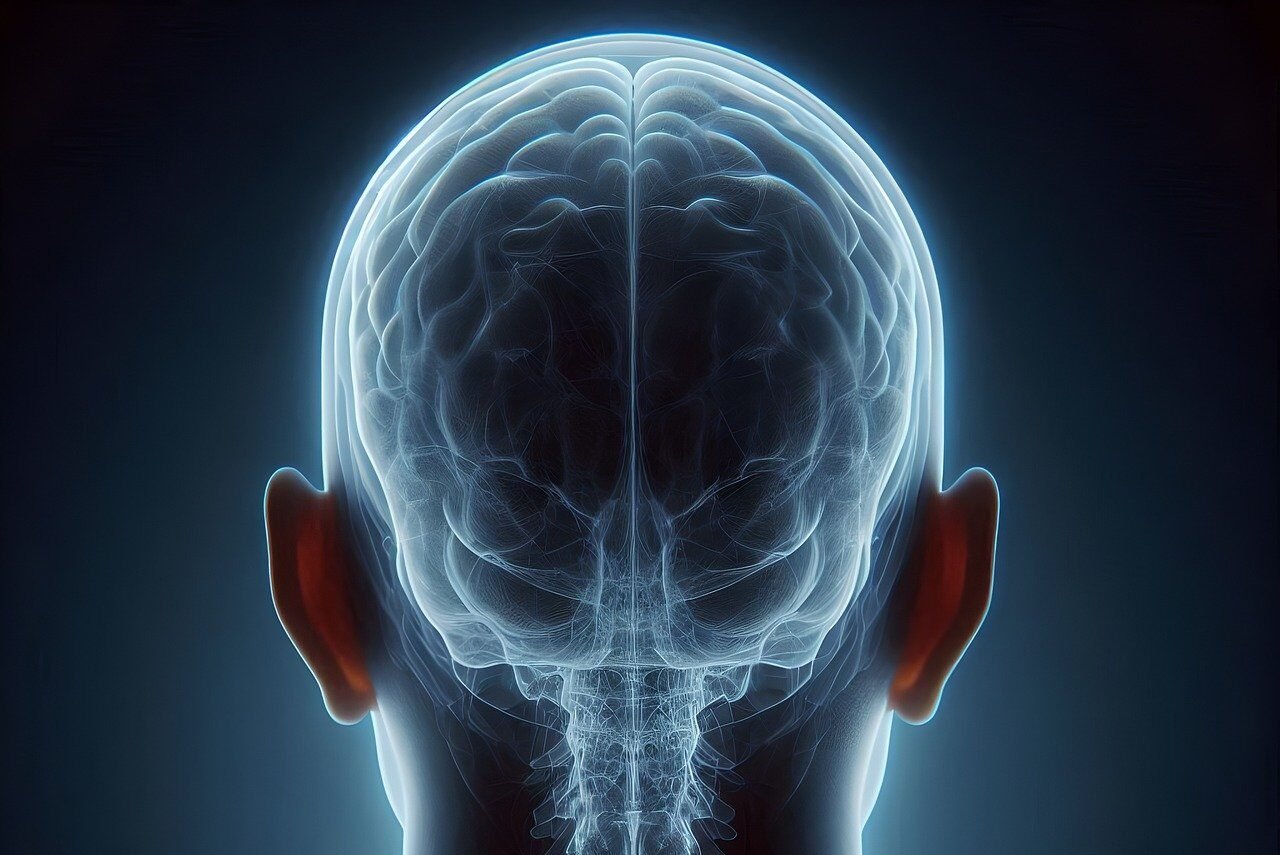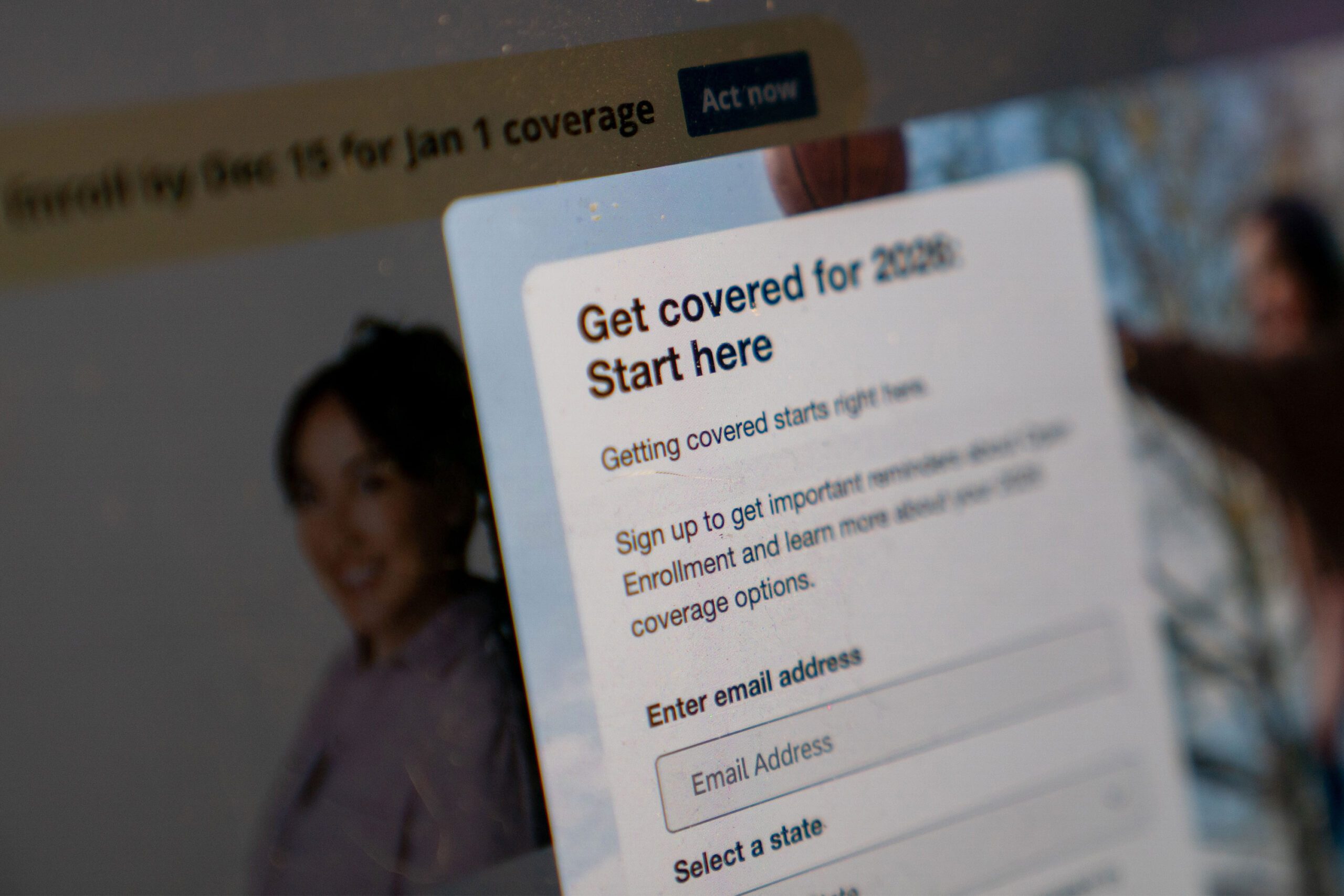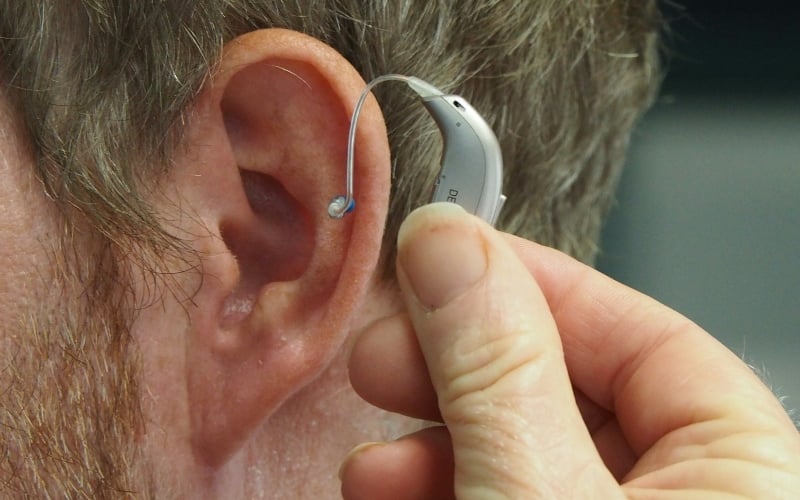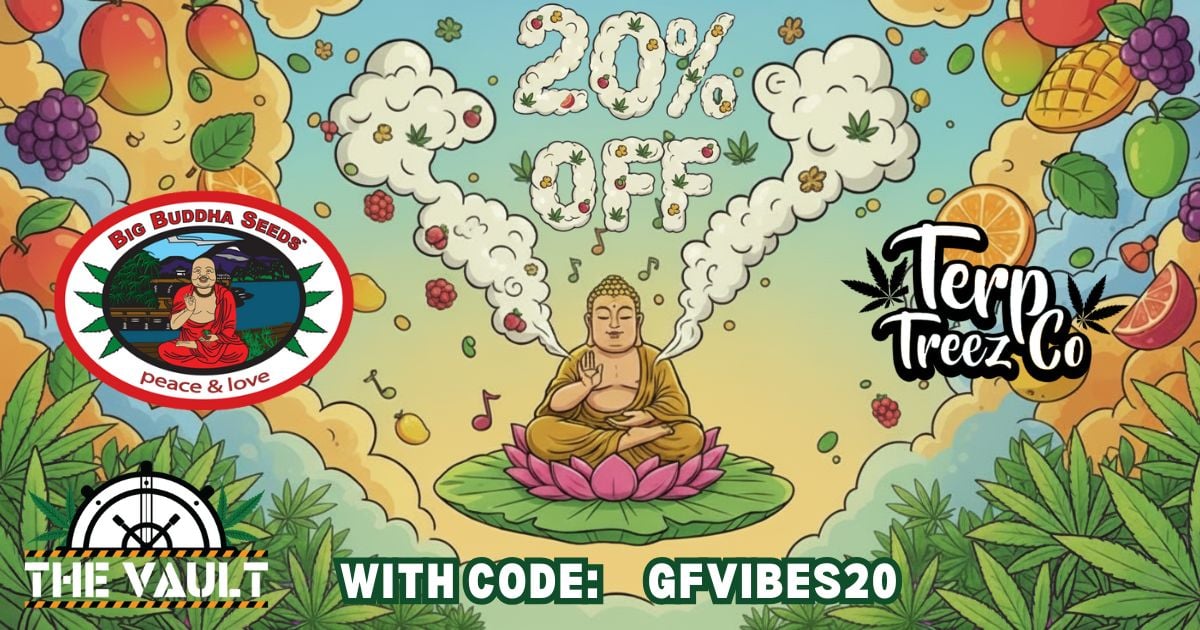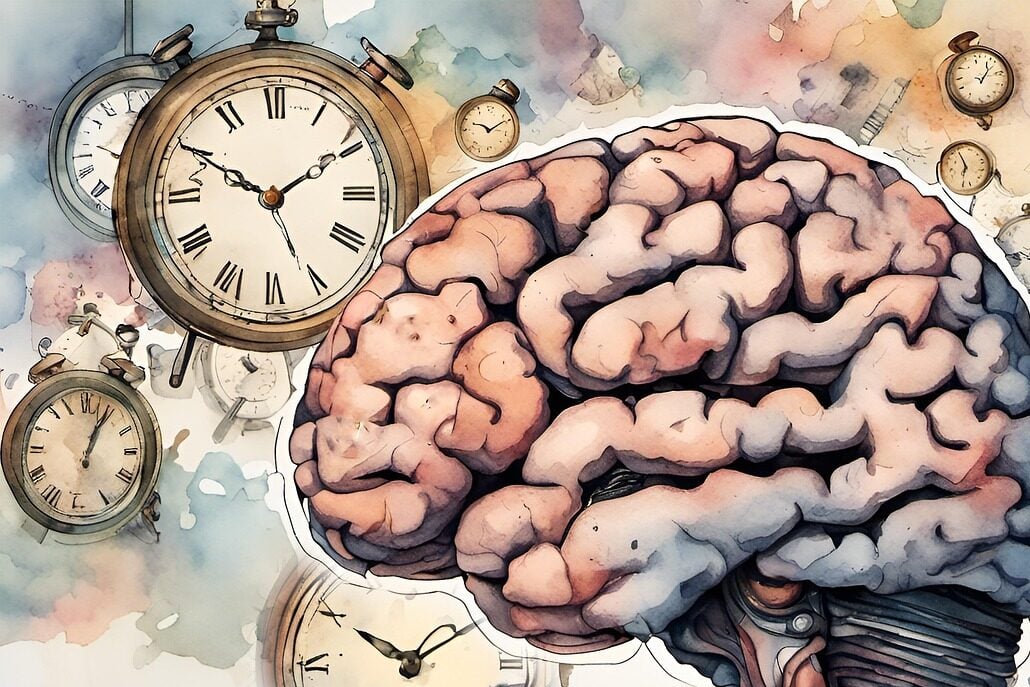My parents immigrated to America in 1995, and I was born two years later. In China, there was a strict one-child policy, so since I already had an older brother, they didn’t expect to have another child. Consequences for my mother as a government employee were strict. If she had another child, she could lose her job. She had to take mandatory contraception from the government.
However, the birth control obviously didn’t work, because I came around in 1997. My mother has this to say about her childbirth experience for her second son.
But she also expressed some shock — shock that they gave her cold water in the hospital. In China, they didn’t give people cold water. It was considered blasphemy that they would give a recovering mother cold water.
“Why do Americans love cold water and cold drinks?” she still asks today.
. . .
With this unique insight into another culture, most people don’t realize cold water can be an American thing. People in China tend not to drink cold water. According to Vittoria Traverso at Atlas Obscura, many people in China actually boil water and put it in a thermos. The “default temperature for drinking water in China is lukewarm to hot.”
From the perspective of traditional Chinese medicine, there are five “essences” of food or drink: cold, cool, neutral, warm, and hot. Cold water falls into the “cold” essence and can upset the body and make someone dizzy.
Instead, many in China think hot water is more beneficial than cold water for the soul. During a cholera epidemic in northern China in 1862, many people in southern China believe southern China was spared due to southerners drinking more hot water.
Even Chiang Kai-shek, the famous Chinese nationalist leader during the Chinese Civil War, released a campaign called the “New Life Movement” where he suggested drinking water temperature had to be hot.
It was a neo-Confucian doctrine, and a point of agreement for Mao Zedong as well. Also, from a more public health perspective, water taken straight from rivers or lakes often had to be boiled to kill viruses and bacteria.
These days, when many Chinese tourists visit foreign countries, many complain about the lack of hot water kettles.
But you get the point: a lot of people in China have always liked hot water. And a lot of people around the world enjoy their drinks hot, or at least at room temperature.
What I never knew was the history behind why Americans started enjoying cold water and cold drinks — it was partly because ice was a readily available resource in America, and partially a marketing and branding success by a major American businessman.
. . .
I will always remember a conversation I overheard in high school gym class about the temperature of drinking water. One classmate mentioned he did not like cold water, which made a lot of other classmates look at him like he was super weird. If he didn’t like cold water, did he like his water hot? Boiling?
“No dude,” he said. “I drink my water room temperature.”
I, too, don’t really like my water freezing cold, even when it’s very hot outside. I also like my water room at room temperature. I figure many people would scoff at this preference, but water just tastes the best at that temperature. I don’t like freezing myself every time I take a sip.
I don’t know how much of my preference for room temperature water is personal preference or how I was raised. My fiancee and I have two Brita filter pitchers, and my fiancee always needs hers in the refrigerator. I keep mine out of the refrigerator. and it was a confusing part of our relationship at first, but now we’ve grown accustomed to the difference.
Historically, why do Americans love cold water and cold drinks?
There are threads all over the Internet, particularly on platforms like Quora and Reddit. The threads ask questions like “why do Americans like their drinks so cold?” — this indicates many people outside America are curious about America’s cold drink habit and fascination.
According to Reid Mitenbuler at Epicurious, Americans like their drinks colder than anyone else in the world.
It’s an interesting history, because back in the 19th century, iced beverages were considered a rich person’s drink, and now iced beverages are relatively common. The main reason Americans like iced beverages so much, and the rest of the world does not, is that America has a plethora of ice as a resource.
New England lakes and rivers had plentiful amounts of dense ice blocks during the winter.
In fact, the ice industry was so profitable Americans started exporting ice to other parts of the world. In particular, a man named Frederic Tudor in Boston earned the reputation of the “Ice King” by shipping ice from New England to the Caribbean. At first, Mitenbuler said it was a disastrous proposition — the ice would melt on ships in the heat.
However, after Tudor realized sawdust was better than straw for insulating ice, he stopped losing so much ice. He also realized horse-drawn ploughs were better than regular tools for harvesting.
Tudor started getting people to put ice in their drinks to expand his ice businesses. People usually just used ice as a preservative for food or medicine, but he got people to use ice to chill drinks by giving them free samples until they could “never be presented with [drinks] warm again.”
Wealthy Americans started to drink cold cocktails instead of the warm cocktails British people drank. Ice was also used with lager beer, which was usually served at lower temperatures. It’s also fermented and conditioned at lower temperatures, and lager beer grew increasingly popular with the German immigrant population in America.
Sometimes, there would be “ice famines” when the winters were too warm and there wasn’t enough ice to harvest in America. However, ice traders started going to the Arctics to chop up ice.
“People needed their ice — it was no longer a luxury but a virtual necessity. In order to ensure a steady supply, people began looking for ways to manufacture the commodity instead of harvesting it,” Mitenbuler said.Cold drinks and ice today
Now, people have refrigerators and other forms of artificial ice-making, so harvesting natural ice was not as big of a necessity. But the legacy of cold and iced drinks stayed.
Not only that, but ice became a more readily available preservative for fishermen and led to the burgeoning popularity of ice cream. Frozen foods started to become more popular as well, and the invention of refrigeration also made TV dinners a possibility.
So it’s part marketing and part accessibility of ice that made cold drinks a possibility in America but not across the pond, according to Morgan Cutolo in Reader’s Digest. Ice in the U.K. was historically too expensive.
It’s fascinating things we take completely for granted today, ice and cold drinks, were once luxury items. And it’s also fascinating how and why Americans grew to love cold drinks, and why Americans tend to use an abundance of ice in their drinks.
—
This post was previously published on Frame of Reference.
***
You may also like these posts on The Good Men Project:
 White Fragility: Talking to White People About Racism
White Fragility: Talking to White People About Racism  Escape the “Act Like a Man” Box
Escape the “Act Like a Man” Box  The Lack of Gentle Platonic Touch in Men’s Lives is a Killer
The Lack of Gentle Platonic Touch in Men’s Lives is a Killer  What We Talk About When We Talk About Men
What We Talk About When We Talk About Men Join The Good Men Project as a Premium Member today.
All Premium Members get to view The Good Men Project with NO ADS.
A $50 annual membership gives you an all access pass. You can be a part of every call, group, class and community.
A $25 annual membership gives you access to one class, one Social Interest group and our online communities.
A $12 annual membership gives you access to our Friday calls with the publisher, our online community.
Register New Account
Log in if you wish to renew an existing subscription.
Username
First Name
Last Name
Password
Password Again
Choose your subscription level
- Yearly - $50.00 - 1 Year
- Monthly - $6.99 - 1 Month
Credit / Debit Card PayPal Choose Your Payment Method
Auto Renew
Subscribe to The Good Men Project Daily Newsletter By completing this registration form, you are also agreeing to our Terms of Service which can be found here.Need more info? A complete list of benefits is here.
—
Photo credit: iStock
The post ‘Why Do Americans Love Cold Water and Cold Drinks?’ appeared first on The Good Men Project.
Original Article

